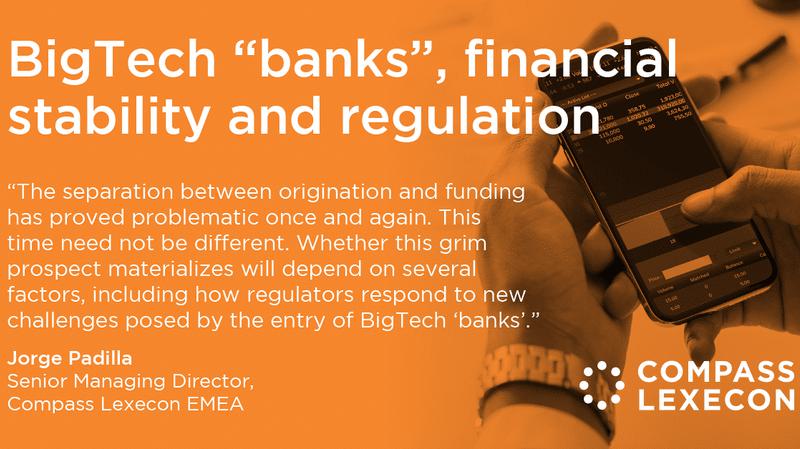Compass Lexecon Valuation Articles are the Two Highest Rated Articles of 2017 in the NACVA QuickRead

Share
Two valuation articles written by Compass Lexecon Vice President Clifford Ang were the highest rated articles of 2017 in the National Association of Certified Valuators and Analysts (NACVA) QuickRead. NACVA provides training and certification for CPAs and other valuation and consulting professionals in business valuation, financial litigation, and various related specialty services, among other things. NACVA’s QuickRead is a weekly newsletter in which approximately one hundred articles are published each year and has an estimated annual readership of 50,000 professionals.
The top rated article of 2017 was Mr. Ang’s article titled “Why We Shouldn’t Add a Size Premium to the CAPM Cost of Equity.” In that article, he argues, among other things, that the Size Premium in Excess of the Capital Asset Pricing Model (CAPM) and other similar size premium measures used in calculating the appropriate discount rate in a Discounted Cash Flow or DCF analysis are inconsistent with the empirical evidence. He further shows that the Size Premium in Excess of the CAPM is constructed in a manner that is inconsistent with how practitioners estimate their CAPM Cost of Equity.
The second highest rated article of 2017 was Mr. Ang’s article titled “Estimating Debt Betas and Beta Unlevering Formulas.” In that article, he evaluates the approaches implied by the July 8, 2016 Delaware Court of Chancery’s decision In re Appraisal of DFC Global Corp. regarding the estimation of debt betas for individual companies and the Hamada beta unlevering formula. In particular, the Court suggested that debt betas should be estimated for individual companies and cited Pratt and Grabowski’s Cost of Capital as a source for debt betas based on the firm’s credit rating. Mr. Ang shows that the debt betas in Cost of Capital rely on the Benninga-Sarig formula and are therefore based on assumptions inconsistent with the CAPM used by practitioners. He also explains that the Hamada beta unlevering formula the Court adopted can be thought of as a special case of the Fernandez Formula where the firm’s debt beta is equal to zero. Mr. Ang argues, however, that it is unlikely for a firm to have a debt beta of zero because that implies the firm’s Cost of Debt should equal the risk-free rate under the CAPM. He also points out that studies have shown that debt betas are not zero, and his own analysis also demonstrates that debt betas, regardless of credit rating, are unlikely to equal zero.
The articles can be accessed through the following links:
Why We Shouldn’t Add a Size Premium to the CAPM Cost of Equity
Estimating Debt Betas and Beta Unlevering Formulas


